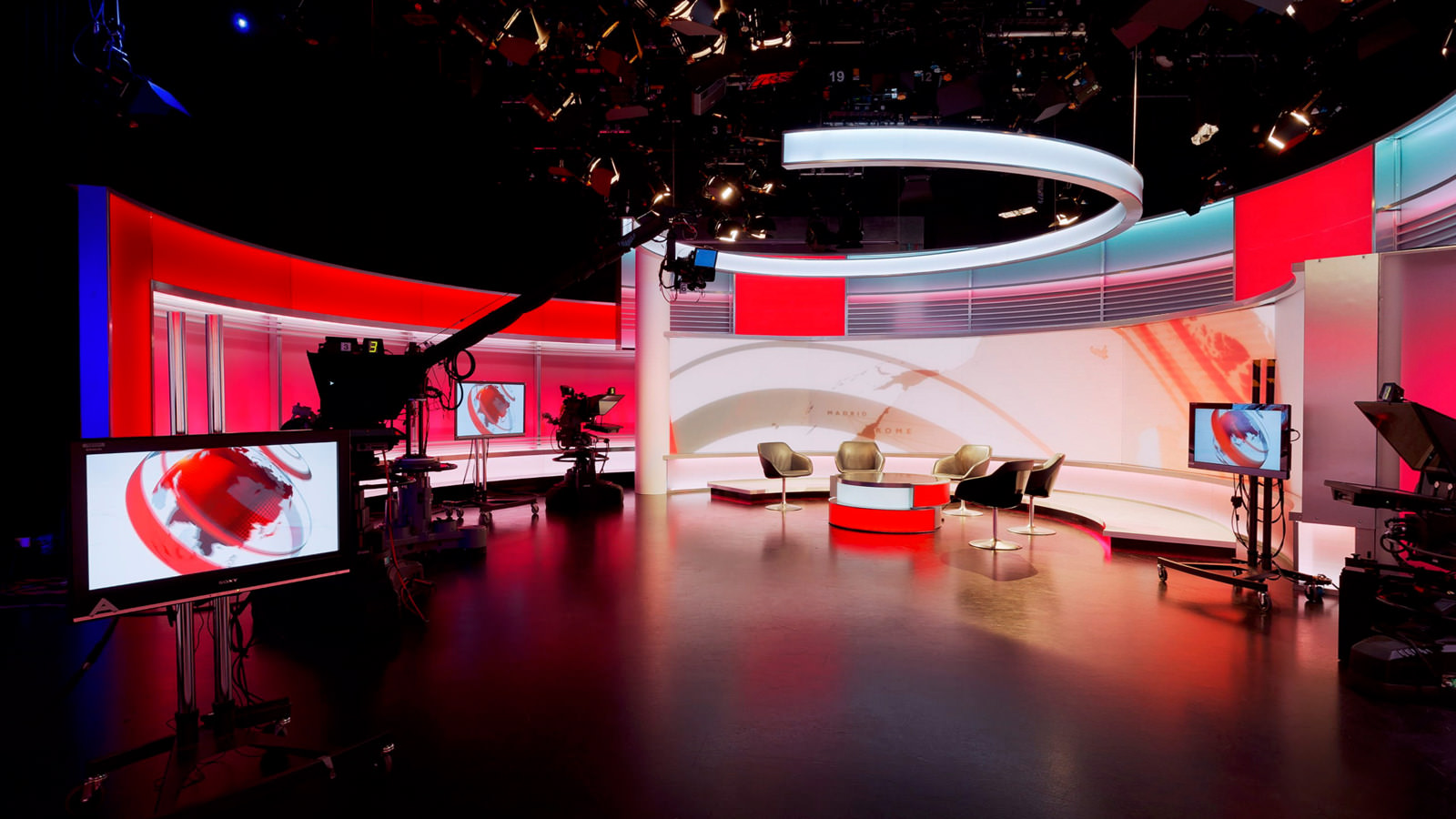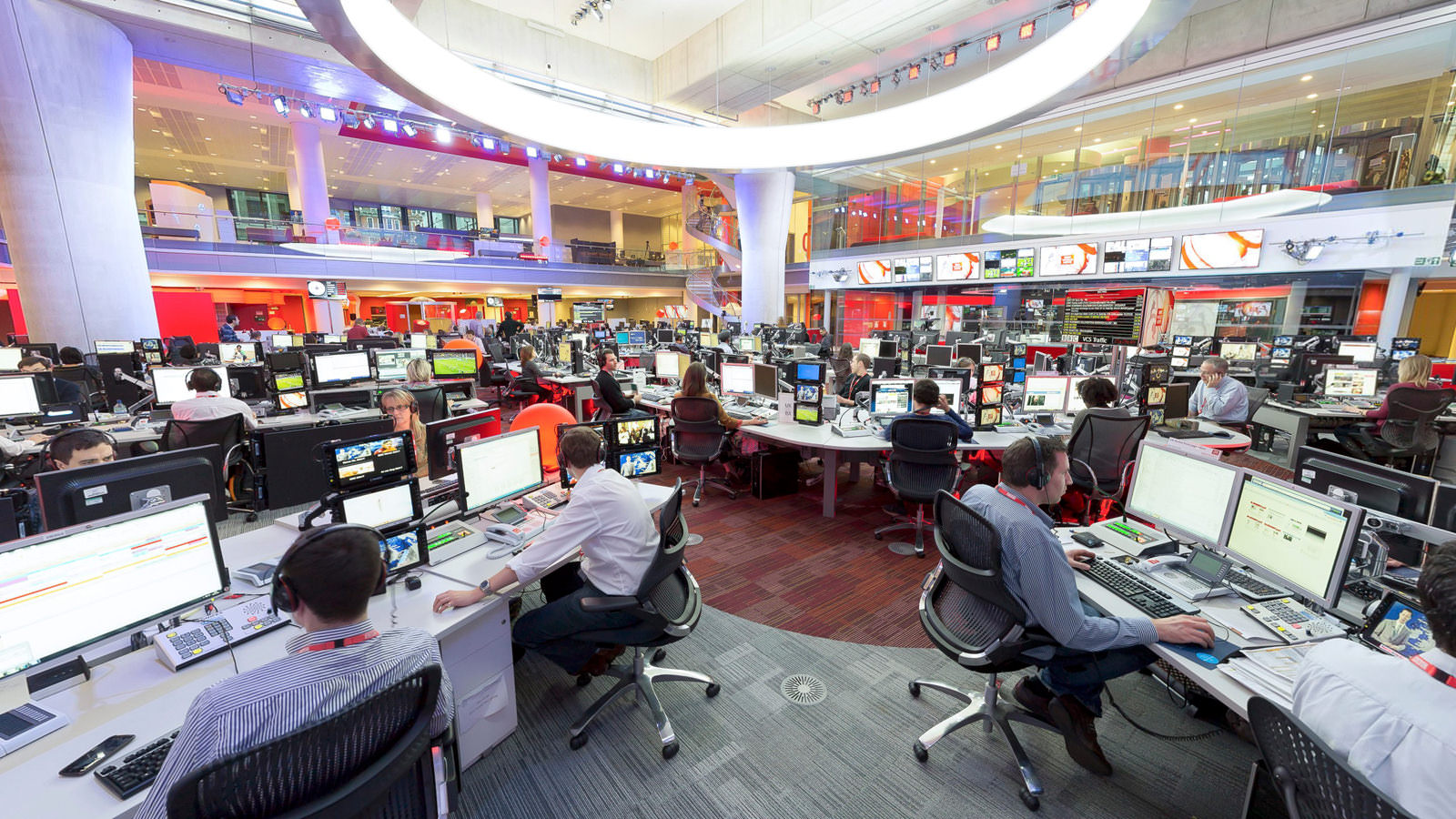We specialise in showcasing spaces with exceptional 360 virtual tours, designed to deliver compelling content to your audience. Read on to find out more about 360 virtual tours and how they work.


What is a 360 Virtual Tour?
A 360 virtual tour is an interactive experience built around 360 photography. It allows visitors to explore a space online as if they were there in person; looking around freely, moving between viewpoints, and discovering details at their own pace.
Virtual tours often include navigation menus, interactive hotspots, floorplans, and rich media like audio or video to help tell the story of a space in full context.
Why choose a 360 virtual tour?
360 virtual can tours offer solutions that address a variety of requirements:
- Showcase a space to potential customers – encouraging them to make a booking or visit in person.
- Reduce staff time spent on-site by offering viewings of a space online – for example for show apartments, filming locations, venues for hire, etc.
- Lower carbon emissions by showing a space online, reducing travel to a site and pre-qualifying prospects.
- Train staff remotely – nationally or globally by using the virtual tour as a training tool.
- Highlight and explain features that cannot be seen at a glance, or give visitors the chance to discover the history of a space.
- Make a space accessible to those who are unable to visit in person – for example, a heritage venue with an area that can’t be made wheelchair-friendly.
- Expand the audience – take an expo stand to a global audience, allow schoolchildren overseas to visit a gallery, give tourists a taster of what an attraction can offer.
How does it work?
A 360 virtual tour is typically created by capturing 360 imagery on location. A shoot will generally have minimal impact, with no need for special lighting or additional crew. Once captured, the images undergo post-production including stitching, retouching, and colour grading. The final interactive experience can then be tailored with branding, navigation, and multimedia features, and published to your website or other platforms
What features can a 360 virtual tour have?
The features generally depend on project goals and budget. Standard features will often include the following:
- High resolution 360 images
- HDR and exposure blending (used to capture the greatest range of light)
- A branded interface
- Functions on desktop and mobile devices
- Zoom in/out function buttons
- Fullscreen button
- Gyroscope-enabled interactivity
Bespoke virtual tours with advanced features
Virtual tours can be customised to meet a wide range of objectives. For example, they might include an e-commerce layer with clickable products, an intro video to establish context, or even enable users to video conference while inside the tour, exploring the space.
Accessibility and audience reach
Virtual tours make spaces accessible to audiences who might never be able to visit in person, whether due to mobility challenges, distance, or cost. By offering an immersive online experience, venues can expand their reach globally, enabling cultural institutions, commercial spaces, and attractions to connect with a wider, more diverse audience.

Sustainability & environmental benefits
Offering a virtual tour can reduce the need for unnecessary travel, helping to lower carbon emissions associated with site visits. This is particularly valuable for businesses and organisations looking to meet sustainability goals or provide a greener, more efficient way for prospects and visitors to experience a space remotely.



If you’re exploring the idea of a 360 virtual tour for your own space and want to understand how the process works in detail, you can find out more on our Virtual Tour Services page.
